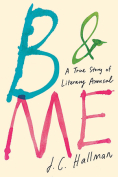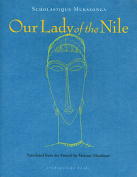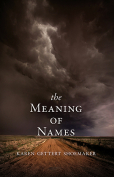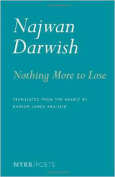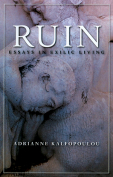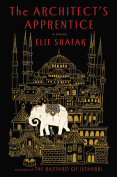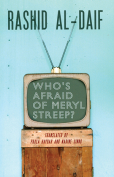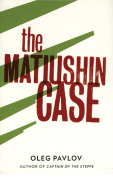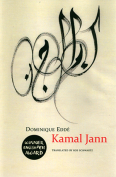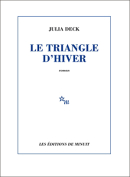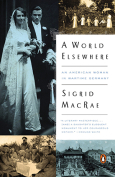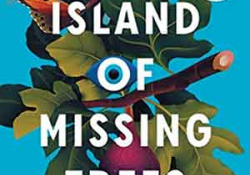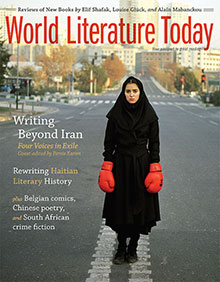The Architect’s Apprentice by Elif Shafak
London / New York. Viking. 2014 / 2015. ISBN 9780241004920 / 978052542971
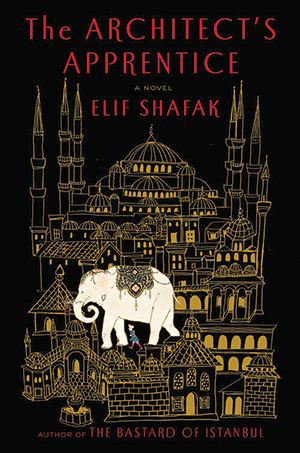 The best historical novels impose familiar tensions upon unfamiliar locales and eras, making place and time come alive with accurate details and bold imagination. Elif Shafak excels in this alchemy with her latest novel, The Architect’s Apprentice, which explores how living a duplicitous life has profound effects on both the deceiver and the deceived.
The best historical novels impose familiar tensions upon unfamiliar locales and eras, making place and time come alive with accurate details and bold imagination. Elif Shafak excels in this alchemy with her latest novel, The Architect’s Apprentice, which explores how living a duplicitous life has profound effects on both the deceiver and the deceived.
The Architect’s Apprentice takes place in and around the sixteenth-century court of the Turkish sultanate, and the writing is rich with the magical, sensory world of Istanbul court life, where sport is made of acquiring the rarest and most extravagant items from East and West. Among these acquisitions are exotic animals for the sultan’s menagerie, the latest of which is Chota, a white elephant attended by Jahan, the novel’s protagonist who also serves as one of four apprentices to the chief royal architect.
Like slowly smoldering incense, the influence of the Thousand and One Nights infuses this novel. Jahan, like Scheherazade, sustains the attentions of his beloved by regaling her with exotic tales that keep her returning for more. And sprinkled throughout the novel are side stories of murder, hubris, love, and avarice replete with colorful characters from far-flung parts of the globe, any number of which would be at home within the pages of the Nights.
As with other of her more recent works, Shafak wrote The Architect’s Apprentice in English rather than Turkish, and the writing is stylish and charming, such as this description of Jahan’s first impression of Istanbul: “Denying herself at every step, changing disposition in each quarter, caring and callous at once, Istanbul gave generously and, with the same breath, recalled her gift. A city so vast she expanded left and right, and up towards the firmament, striving to ascend, desiring more, never satisfied.” Shafak’s language flows with an enjoyable and elegant confidence disturbed only by a noticeable overuse of opposites and lists, which after a time can leave the impression that there is no observation or feeling that also does not contain its contradiction; no item that exists in isolation.
The mysteries that give momentum to The Architect’s Apprentice arise as a consequence of the double lives of the novel’s principal characters. It is their conceit that promoting a false self will advance their separate purposes—a conceit that is older than the sixteenth century and still relevant in our Instagram age.
Lori Feathers
Dallas, Texas


